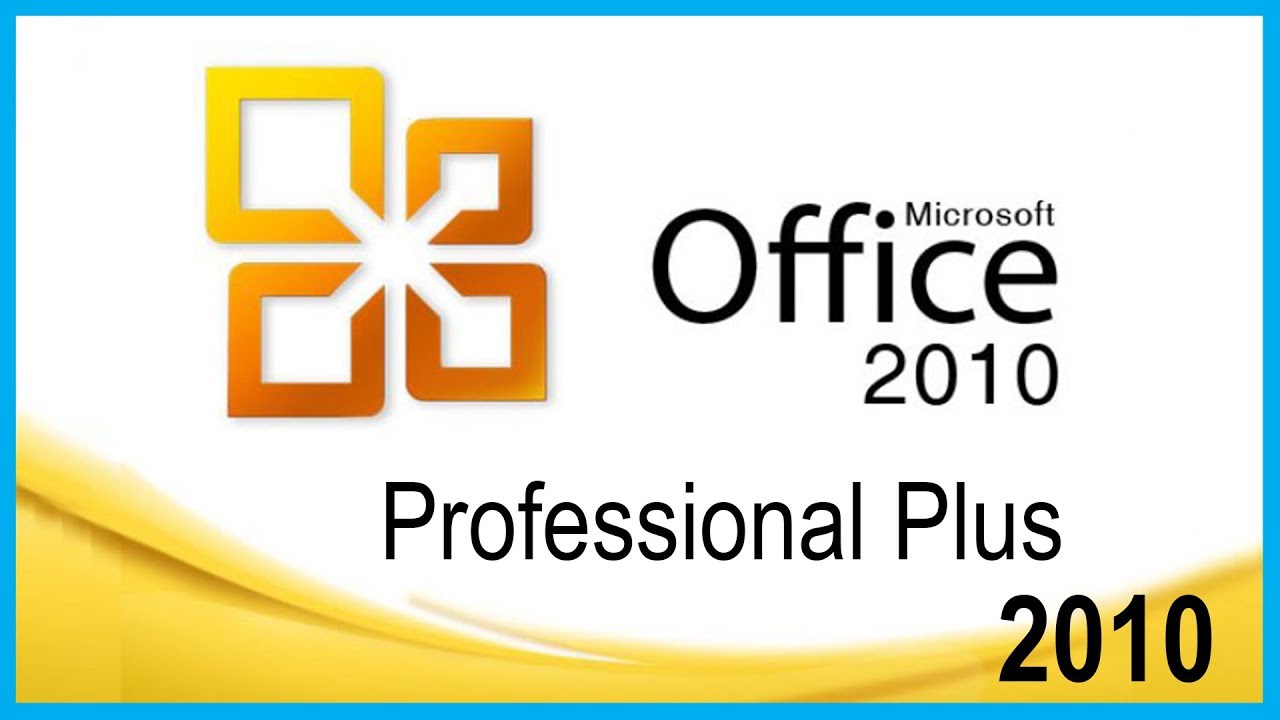

So, Microsoft Office is changing with the times. New kinds of content, formats, and channels demanded more flexible, powerful, and fluid tools to allow everyone to deliver a more impactful message and collaborate at their own pace. Schools moved to online-only classes, businesses got better at e-commerce, and companies hired a new generation of graduates who have met their teams only through a screen.Īdditionally, communications moved to online meetings and chat, and digital content exploded spilling beyond traditional document types to more fluid, dynamic spaces. In the last 18 months, the world changed, and we adapted to a new working environment where people had to complement traditional communication tools and in-person collaboration with alternative solutions, quickly digitalizing everything we do across our life. Communication took place via email and content creation was mostly documents, spreadsheets, and presentations. For years, the established patterns of work were clear.


 0 kommentar(er)
0 kommentar(er)
